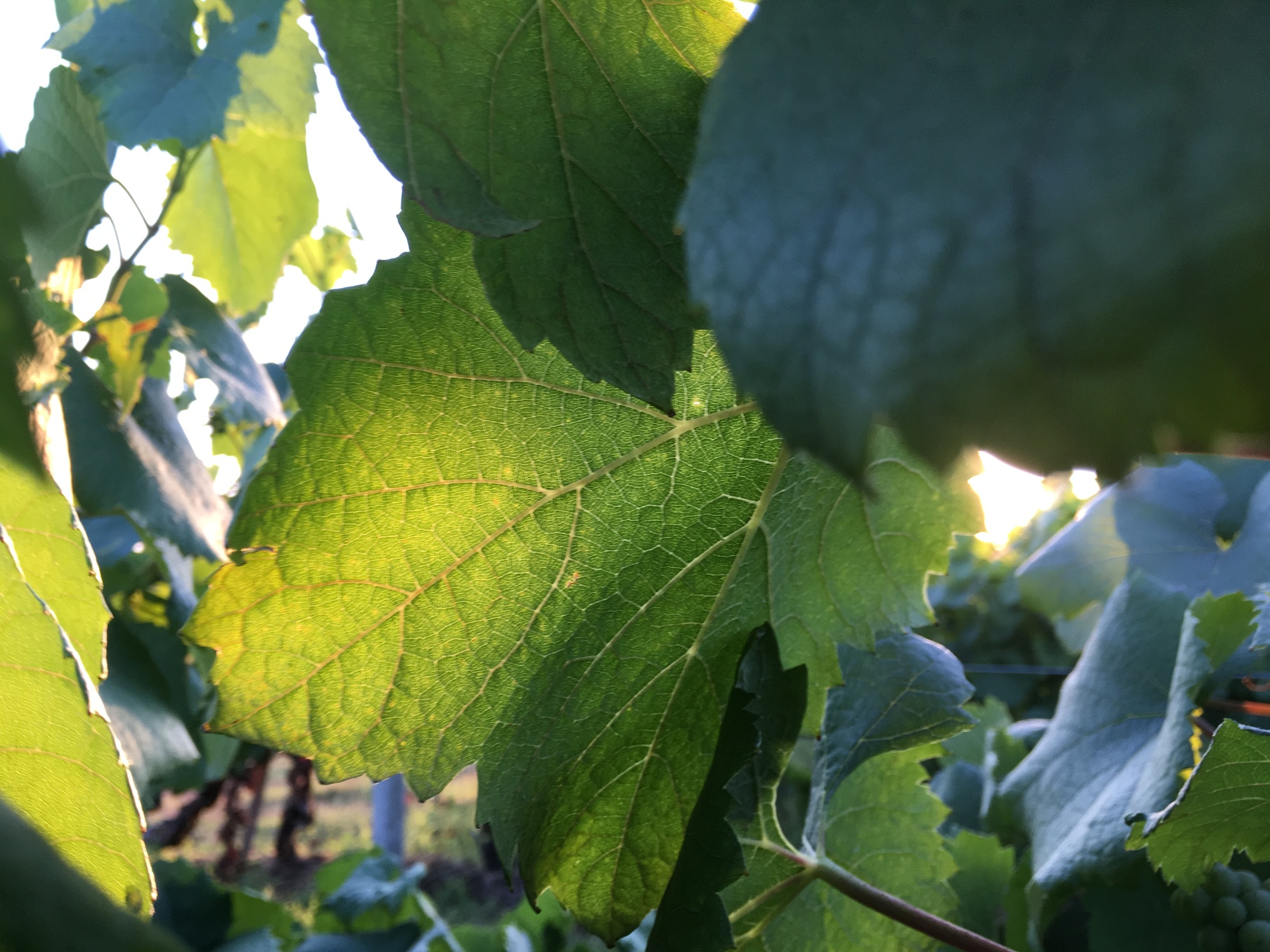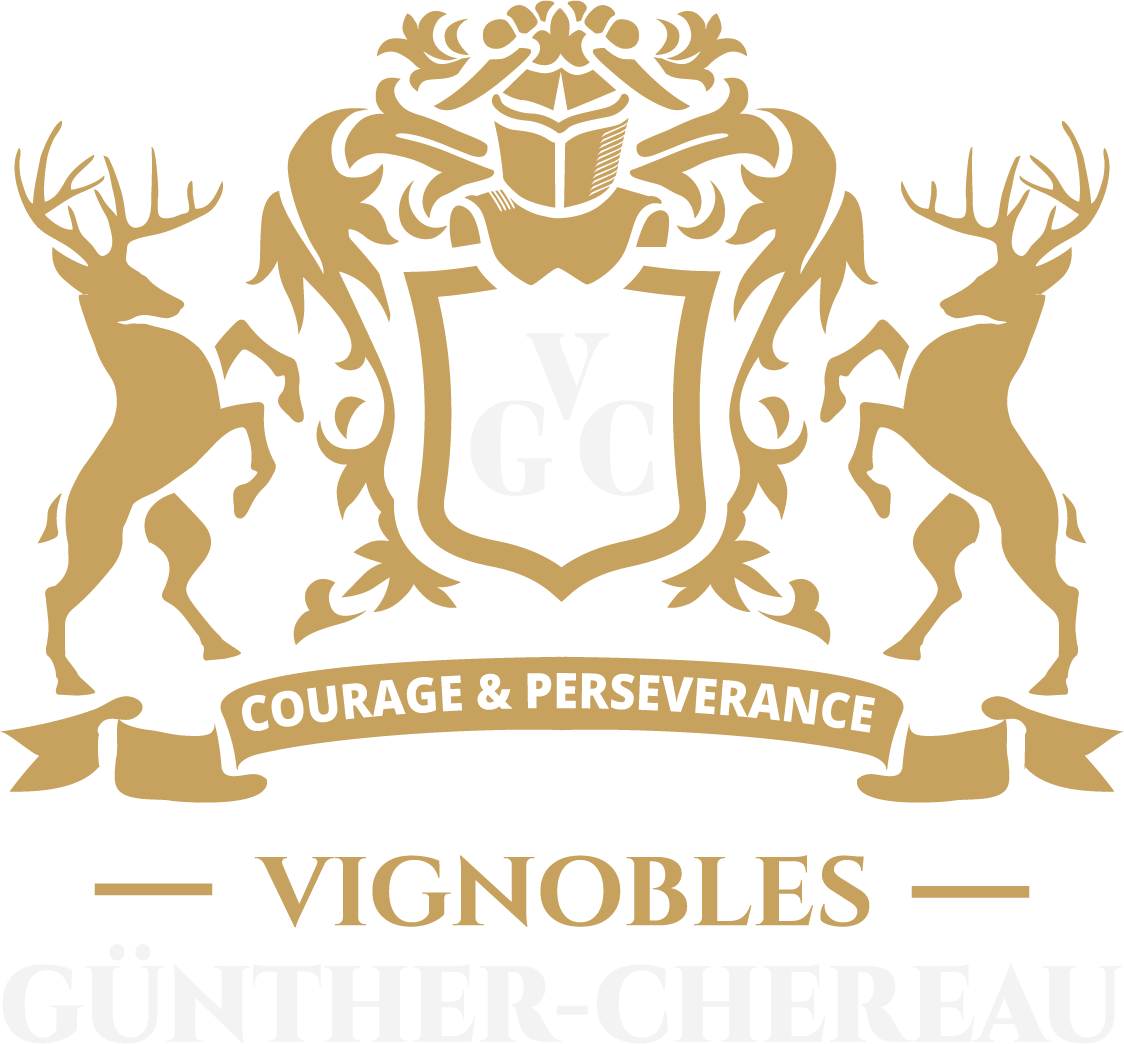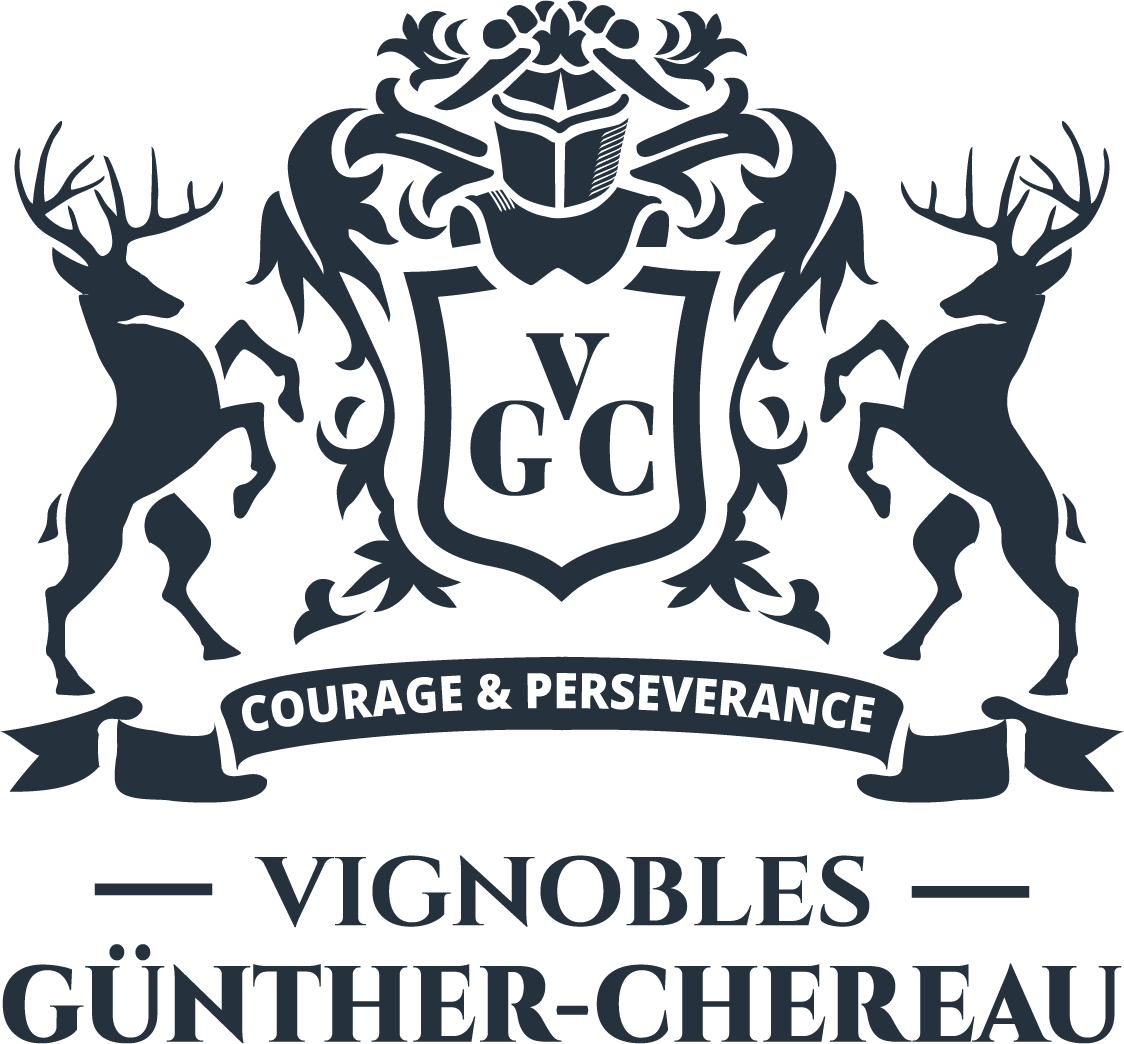Château du Coing
Château du Coing in Saint Fiacre sur Maine, owes its name to its location at the ‘corner’ of the Sèvre and Maine rivers.
Sloping down to the rivers, our plots of vines have a south-facing orientation, some of which with a gradient as steep as 12%. This typical Loire Valley château was built during the reign of Louis XIII, re-built in the 18th century, and then altered again in the 19th century under Charles X. The château has a long history and the first written record – dating from 1536 – already refers to it as a wine estate.
The estate’s distinctively sloping terrain offers a stunning view across the entire vineyard and as far as the village of Saint Fiacre.
Encircled by the Muscadet region’s two rivers, the Sèvre and the Maine, our wines enjoy a microclimate that gives them great minerality and freshness.
The main terroir, or subsoil, is composed mostly of two-mica gneiss.
The entrance to the property runs through the middle of the vines of Melon B., the most characteristic and common variety of the Nantais wine region.
Two other varieties are also grown at the estate. One of these is Folle Blanche, a unique variety with a distinctive character, from which we make our Gros Plant du Pays Nantais.
We make separate wines from each plot, without any blending of wines. Each plot differs due to its slope and the rocks in its subsoil or terroir. Our terroirs allow us to produce premium quality, cellar-worthy wines.
At this vineyard, we produce Muscadet Sèvre et Maine sur lie, a Cru Communal Monnières Saint Fiacre, a Traditional Method sparkling wine and a late-harvest wine made exclusively with Melon B., as well as a Chardonnay and a Folle Blanche.
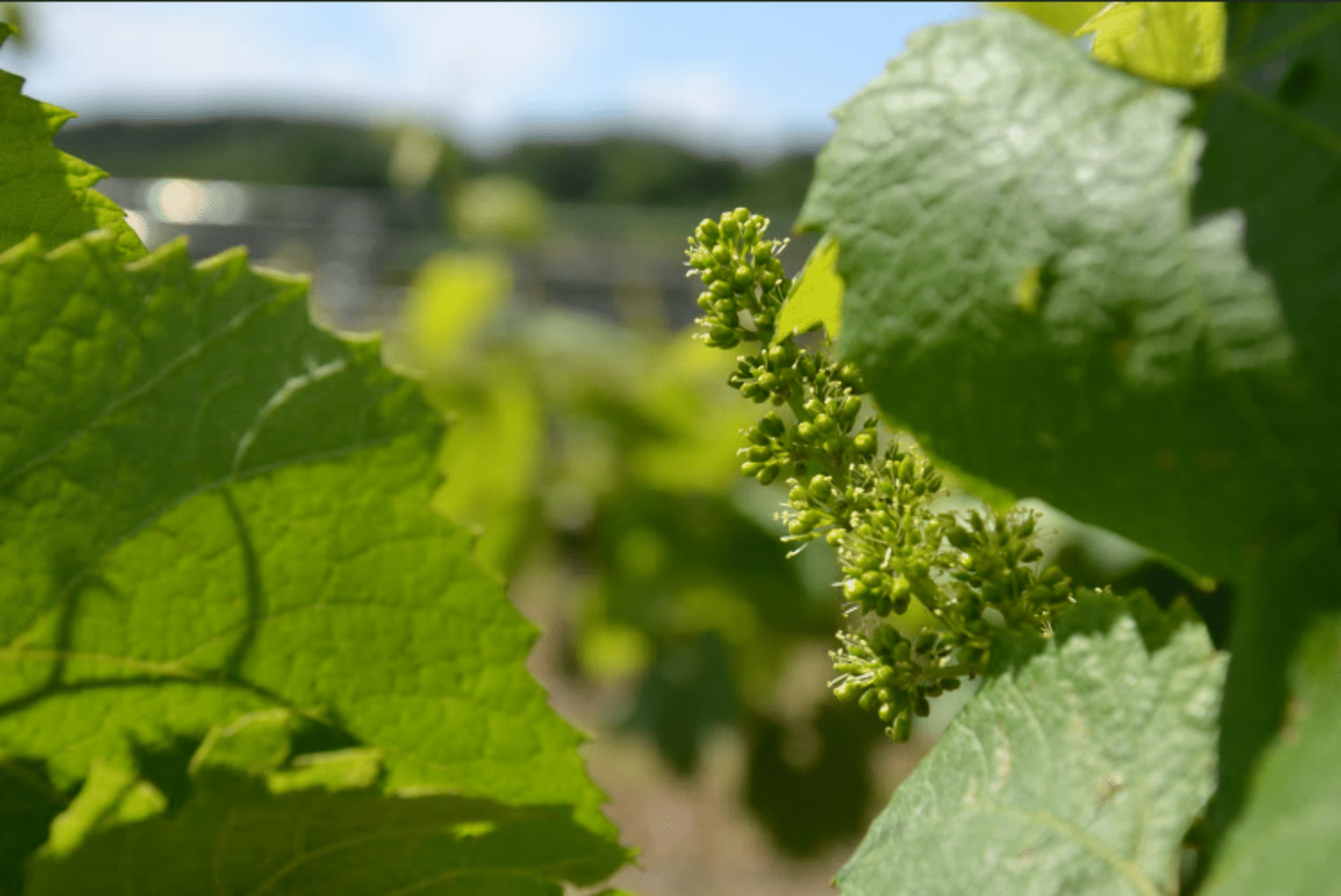
Château de la Gravelle
This château in Gorges, in the heart of the Nantais wine region, is one of the oldest winegrowing estates in Muscadet. It once covered 300 hectares, but was divided up following the Vendée Wars. Today’s estate stretches over a 17-hectare hillside. At the top of the hill there is a windmill which is typical of those found in the local area.
The Melon B. variety was introduced in the region following the great frost of 1709 which destroyed all the vines in the area. This variety originating in Burgundy was widely adopted after proving very well suited to the winegrowing conditions of the region.
Château de la Gravelle has a rather unique terroir as its subsoil is composed of a volcanic rock called gabbro, covered with a 40cm layer of clay. This unusual soil gives the wines distinctive minerality and lemony notes.
The wines that we make here are plot selections with the Muscadet Sèvre et Maine sur lie appellation, and we also make a cru communal Gorges.
We began the process of becoming a certified organic vineyard in 2014.
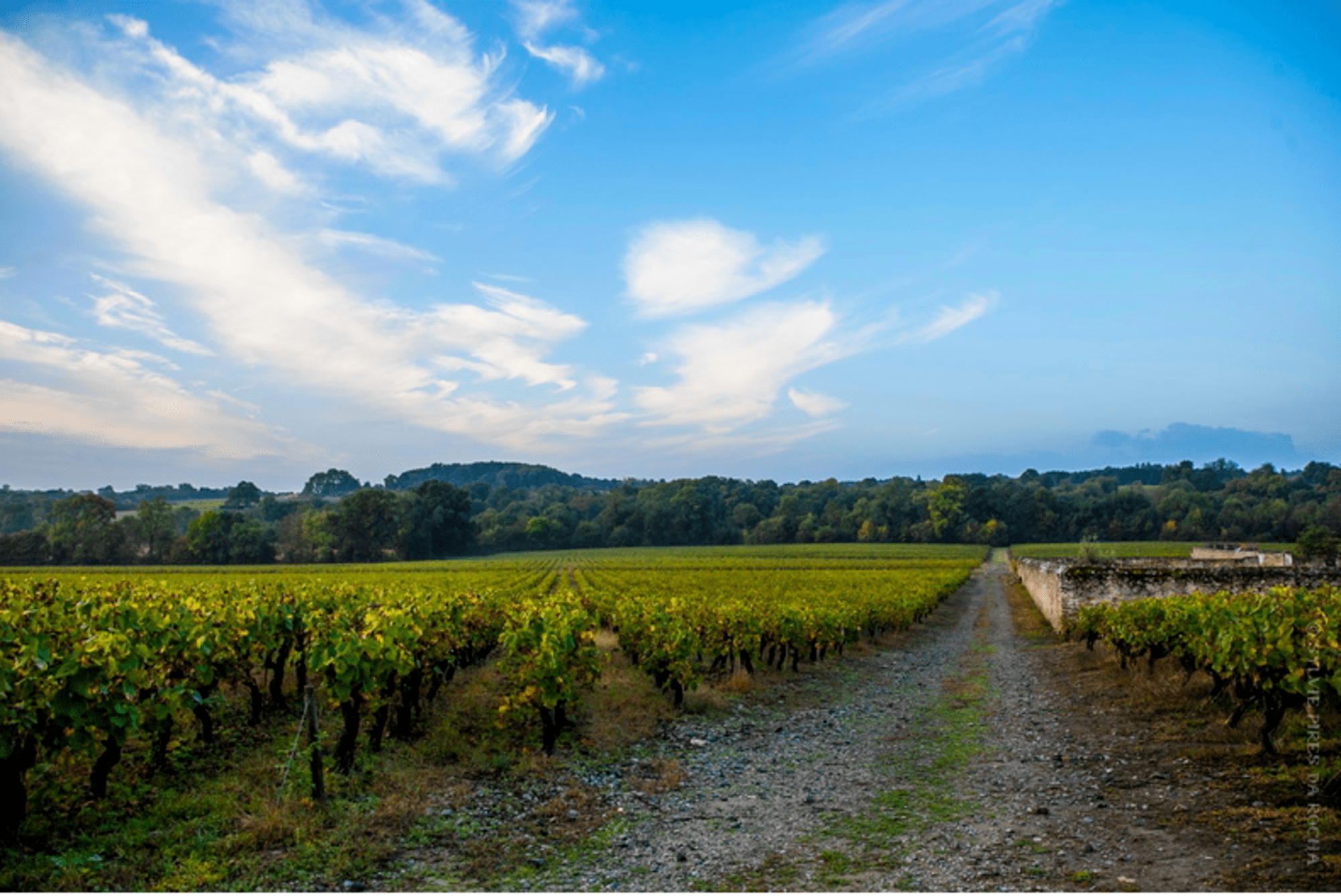
Grand Fief de la Cormeraie
Grand Fief de la Cormeraie is situated in Monnières in the very heart of the Nantais wine region. It was an old commandery, after the property was divided up during the Vendée Wars. The former manor house of La Cormeraie once had a moat and a private chapel. In 1794, Paul Le Gouvello, a former captain of infantry and lord of La Cormeraie became officer in the Vendée army.
Nowadays, we own eight hectares of this micaschist terroir, from which we produce deliciously rich Muscadets. Minerality remains the backbone of our wines and ensures balance.
We have been certified for organic winegrowing here since 2014.
The vineyard of Grand Fief de la Cormeraie lies on bedrock of micaschist.
